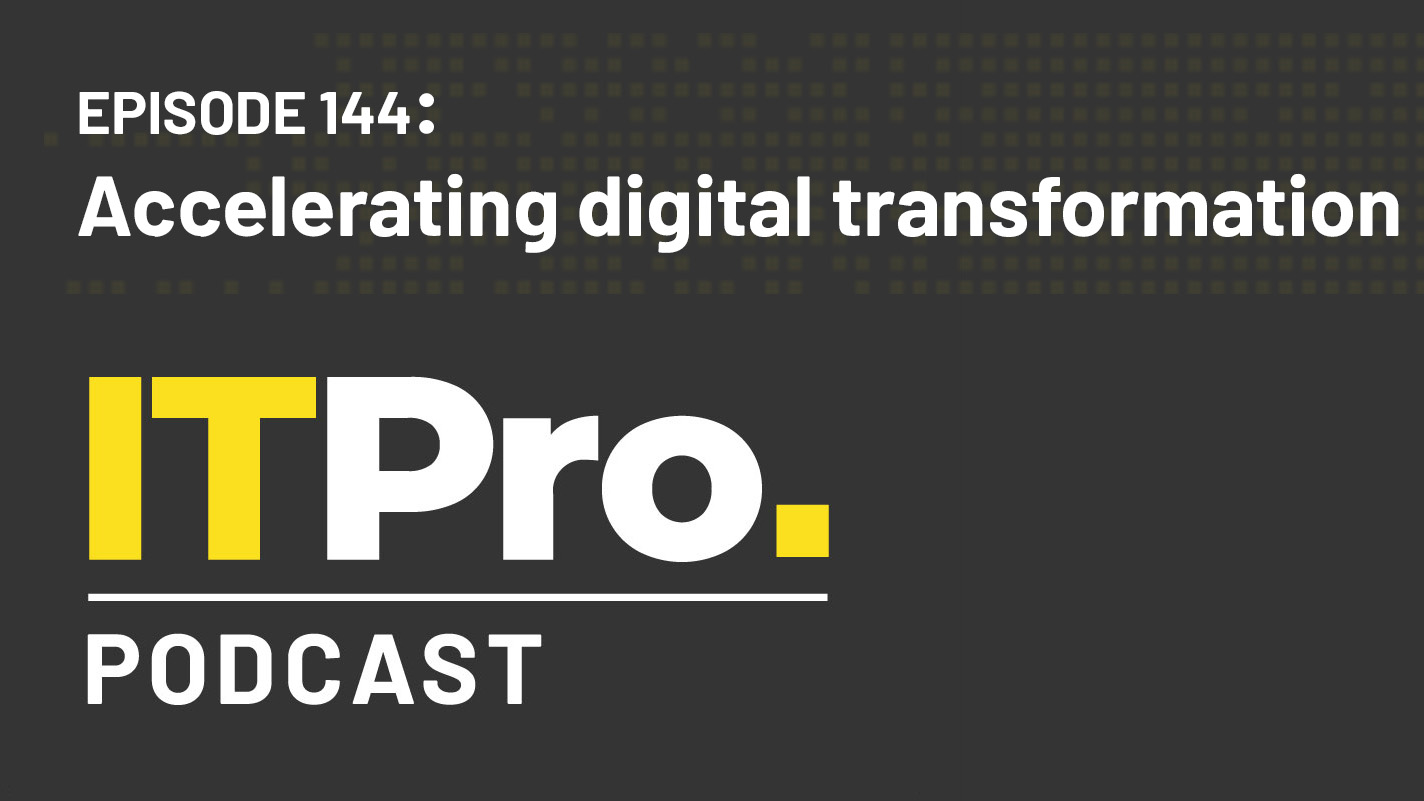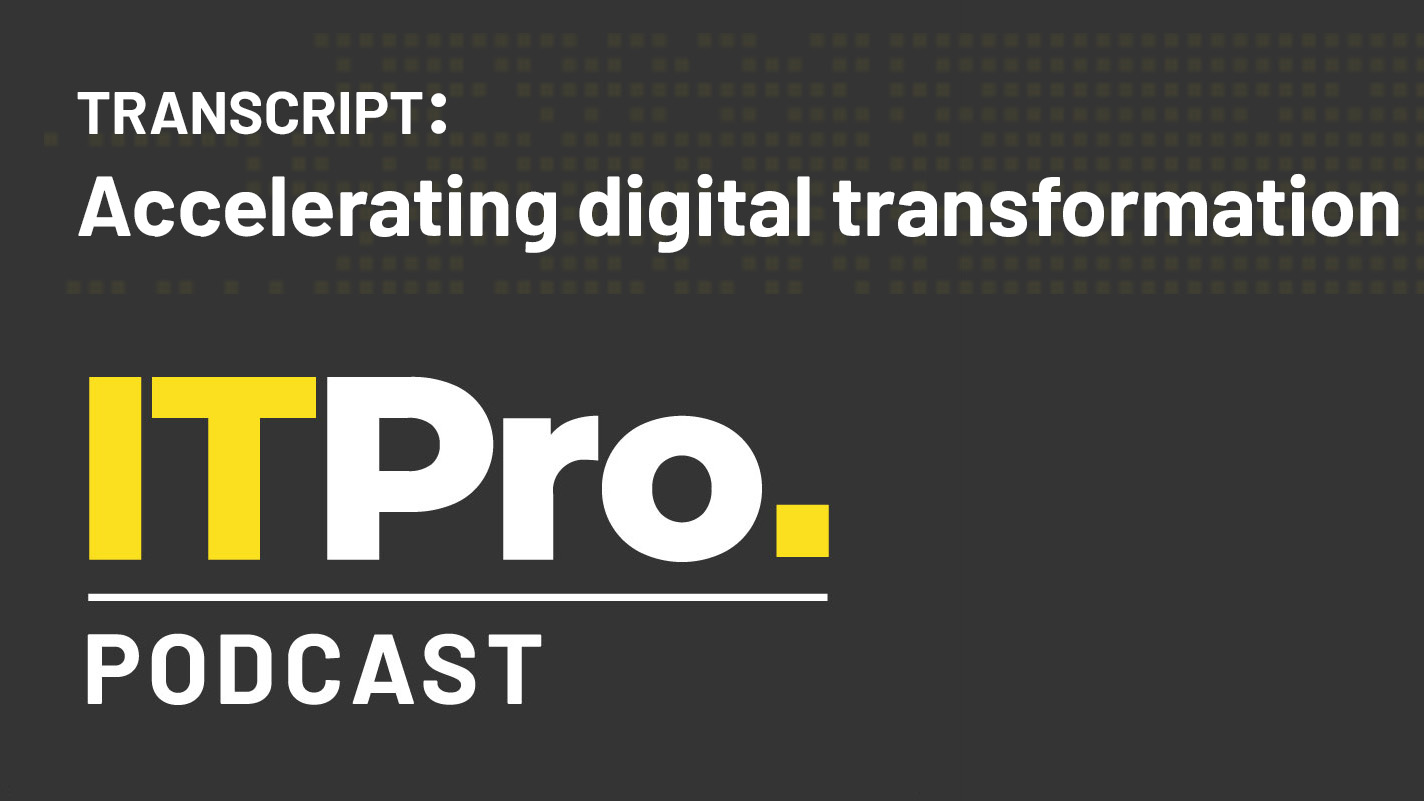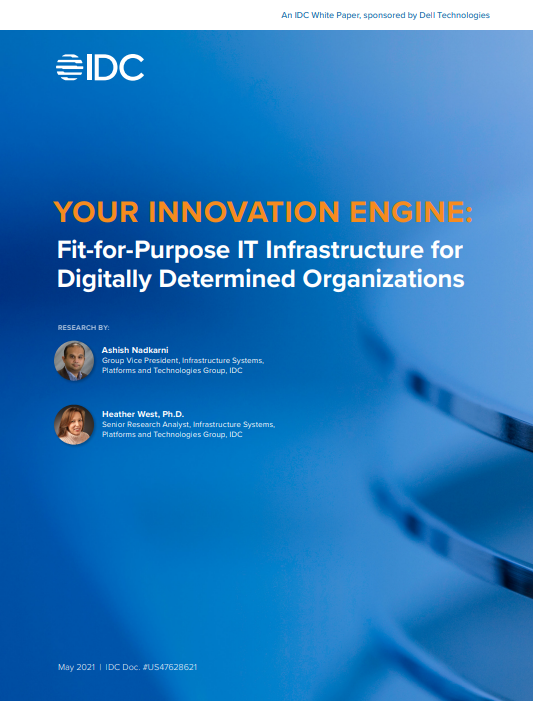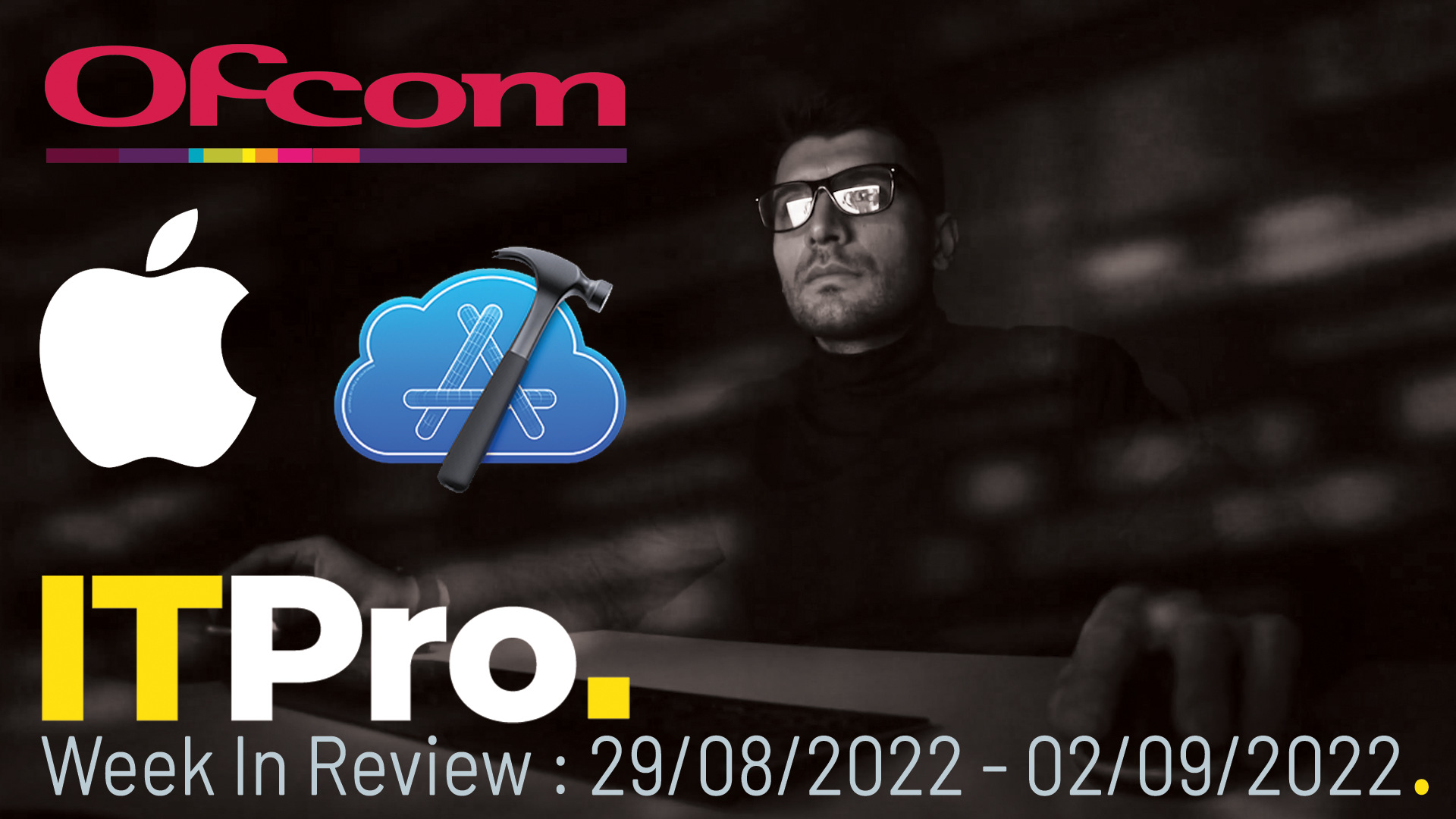How a focus on the customer has reshaped the CIO role
A rapidly changing job description makes the CIO 'the most misunderstood C-suite position'


First, CIOs were expected to manage IT. Then, IT leaders had to focus on being aligned with the business. Now, the CIO must concentrate first and foremost on the customer. So, why has this evolution taken place and how has the customer-focused CIO risen to the fore?
For the first 20-or-so-years of their existence, CIOs managed technology they concentrated on day-to-day operational concerns and spent most of their time in the IT department. During the noughties, there was a shift in focus. As concepts like cloud and consumerisation started to take hold, so the business started to see technology as a potential competitive differentiator, rather than just a support service.
Terms like 'alignment' and 'engagement' were used to define successful CIOs. Great IT leaders spent less time in the data centre and more time talking about business concerns with c-suite peers. That shift towards engagement has continued into this decade. In an age of disruption, modern organisations recognise digital systems and services can play a key role in keeping the most important person happy: the customer.
CIO golden age
Ian Cohen, global CIO at transport specialist Addison Lee, looks back on the 30-plus year history of the CIO role and says change is inherent to the position. As technology systems and services alter, so do the demands made on CIOs. This flex means IT leadership is a tough gig, yet the position hasn't always received the credit it deserves.
"The CIO role has existed for over 35 years in various guises since it was first defined back in 1981 and yet it remains the most misunderstood of all C-suite roles, and it is still not a board appointment in some companies," says Cohen. "However, many who hold that position will tell you that there has never been a better time to be a CIO if you are up for the challenge."
Cohen is far from alone in this viewpoint. Phil Armstrong, executive vice president and global CIO at finance firm Great-West Lifeco, says the shift in emphasis has been fundamental. Like Cohen, he recognises the IT leadership role continues to go through a tumultuous period of change and he says this transformation pushes CIOs into new, exciting areas.
"The CIO role has changed significantly in the past decade," says Armstrong. "It was an analytical role now, the CIO is shifting towards the creative side of the brain. If technology is integrated into the business, then it's our job to talk about the art of the possible and to bring those ideas into the organisation."
Get the ITPro daily newsletter
Sign up today and you will receive a free copy of our Future Focus 2025 report - the leading guidance on AI, cybersecurity and other IT challenges as per 700+ senior executives
What constitutes an 'innovative' answer to a challenging business problem depends heavily on the requirements of the customer. Digital transformation might be a laudable aim, but there's little point in implementing systems and services if you are unsure who will benefit. CIOs who adopt a client-first approach can be more certain their IT spending decisions have a direct impact on the business and the customers it serves.
A focus on the customer
The amount of time CIOs spent on customers increased from 10% in 2007 to 16% in 2016, according to research by IDC. That shift towards client-first approaches continues at pace, recognises Phil Lewis, director of digital experience at retail specialist Boden. Lewis works in partnership with the firm's IT director to shape how the business uses digital systems and services to meet its aims. Across all these activities, the customer is key.
"I think a big part of the future of IT and digital leadership is going to be about customer focus and understanding how technology can enable change, rather than just provide capability," says Lewis. "Digital-savvy executives understand there is a transition from seeing technology as a cost centre to a value enabler. If you make that happen, you become a business partner."
More than half (55%) of boards say enhancing customer experience is one of the key priorities they expect their IT organisations to address, according to recruitment firm Harvey Nash and consultant KPMG. Their research suggests customer-centric organisations are 38% more likely to report greater profitability than ones that are not.
KPMG director Peter Ironside says the research, which is an annual survey that polls almost 4,000 CIOs around the globe, proves the importance of a client-first approach to digital leadership. "Make sure you're helping to ensure the whole organisation is focused on the importance of customer experience," he says.
"Five years ago, the focus was on keeping the lights on today, CEOs ask prospective CIO candidates a host of different questions, such as those about experience, innovation and governance. Ultimately, CEOs want to know that their digital leaders understand the customer, the organisation and how they as CIOs are going to add value."
Not all CIOs are equal
Yet focusing on customer demands is not necessarily as straightforward as it sounds. While most organisations aspire to enhance the customer experience, Harvey Nash and KPMG's research suggests many firms struggle. Just 27% of businesses were deemed 'very effective' or 'extremely effective' at dealing with customer experience.
Some executives, however, are making headway. As CIO of logistics specialist Hermes, Chris Ashworth is placing the customer at the heart of his digital transformation strategy. The firm is due to launch a new app for end-customers later this year. This app will focus on a range of parcel-based activities, including send, diversions, returns and communications, allowing customers to interact with Hermes to find out where a parcel is located.
"We're just trying to make stuff really simple and convenient," says Ashworth. "That resonates for our retail clients, too. They don't have to spend money sending return slips with the parcels they send to customers. This paperless solution removes cost for retailers."
Ashworth is running a Digital Futures programme at Hermes, which aims to create smooth-running processes for its retail clients and their customers. The programme includes a range of initiatives, such as the implementation of web bot technology to help automate simple queries in call centres, and Hermes Play, a project that allows retail clients to create personalised labels, such as birthday messages for customers.
"We're using data and technology to create a much more proactive and positive experience for our customers," says Ashworth. "All the foundations we've put in place for dealing with real-time events are going to lead to a great operational step change without putting a lot of cost into the business."

Mark Samuels is a freelance writer specializing in business and technology. For the past two decades, he has produced extensive work on subjects such as the adoption of technology by C-suite executives.
At ITPro, Mark has provided long-form content on C-suite strategy, particularly relating to chief information officers (CIOs), as well as digital transformation case studies, and explainers on cloud computing architecture.
Mark has written for publications including Computing, The Guardian, ZDNet, TechRepublic, Times Higher Education, and CIONET.
Before his career in journalism, Mark achieved a BA in geography and MSc in World Space Economy at the University of Birmingham, as well as a PhD in economic geography at the University of Sheffield.
-
 Bigger salaries, more burnout: Is the CISO role in crisis?
Bigger salaries, more burnout: Is the CISO role in crisis?In-depth CISOs are more stressed than ever before – but why is this and what can be done?
By Kate O'Flaherty Published
-
 Cheap cyber crime kits can be bought on the dark web for less than $25
Cheap cyber crime kits can be bought on the dark web for less than $25News Research from NordVPN shows phishing kits are now widely available on the dark web and via messaging apps like Telegram, and are often selling for less than $25.
By Emma Woollacott Published
-
 Protecting CIOs' IT budgets is "paramount" in maintaining business growth
Protecting CIOs' IT budgets is "paramount" in maintaining business growthNews If CIOs are forced to make emergency budget cuts, they should also explain the risks to high level stakeholders so the responsibility is shared
By Zach Marzouk Published
-
 The IT Pro Podcast: Accelerating digital transformation
The IT Pro Podcast: Accelerating digital transformationIT Pro Podcast Implementation is just as important as the value of change
By IT Pro Published
-
 Podcast transcript: Accelerating digital transformation
Podcast transcript: Accelerating digital transformationIT Pro Podcast Read the full transcript for this episode of the IT Pro Podcast
By IT Pro Published
-
 Fit-for-purpose IT infrastructure for digitally determined organisations
Fit-for-purpose IT infrastructure for digitally determined organisationsWhitepaper Your innovation engine: Guiding organisations through change in the new digital economy
By ITPro Published
-
 IT Pro News in Review: CIOs face a challenge, Ofcom's telecom fines, Apple expands Xcode
IT Pro News in Review: CIOs face a challenge, Ofcom's telecom fines, Apple expands XcodeVideo Catch up on the biggest headlines of the week in just two minutes
By IT Pro Published
-
 CIO role has 'drastically changed' over last 24 months, says Lenovo
CIO role has 'drastically changed' over last 24 months, says LenovoNews Globally survey suggests chief information officers have greater influence over their company now the role has expanded beyond technology
By Bobby Hellard Published
-
 How can CIOs help to close the tech skills gap?
How can CIOs help to close the tech skills gap?In-depth The most well-equipped IT leaders can take a number of practical steps to close the divide within their organisations
By Rene Millman Published
-
 What is a virtual CIO (vCIO) and does your business need one?
What is a virtual CIO (vCIO) and does your business need one?In-depth With tech skills in short supply, organisations are turning to temporary expertise to see through critical digital transformation projects
By Mark Samuels Published